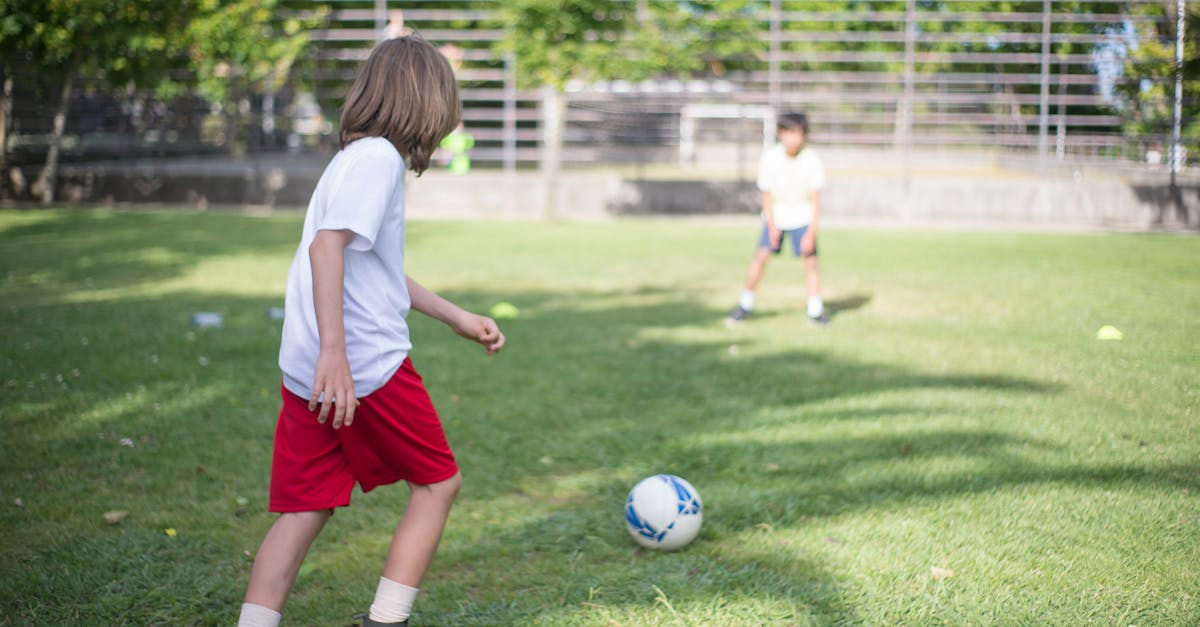Understanding AI’s Role in Education
AI can play a significant role in making learning engaging and fun for kids. Through personalized lessons and adaptive learning techniques, AI helps meet individual learning paces, ensuring that no child is left behind.
For instance, imagine an AI tutor that adjusts difficulty levels based on a child’s performance. This personalized approach can make a huge difference in keeping kids motivated. Parents can see progress without the need for constant supervision.
Encouraging curiosity, rather than supervising every moment, helps foster a lifelong love for learning.

Choosing the Right AI Tools for Kids
Choosing the right AI tools is crucial. There are various educational apps designed for different age groups and subjects. For younger kids, apps with interactive games and colorful visuals can be very effective. Middle schoolers might benefit from AI-driven quizzes and interactive science lessons. High schoolers can use sophisticated AI tools for subjects like coding and mathematics. Always look for apps that offer trial periods so you can evaluate their effectiveness before committing. Remember, the goal is to find tools that both educate and engage your child.

Creating Fun Learning Experiences
Learning through play has never been more accessible than with AI-enhanced games and apps. These tools are not just about academic learning; they also focus on developing critical thinking and problem-solving skills. Imagine a game where kids have to solve puzzles to advance to the next level, all the while learning math or science concepts without even realizing it.
Humor can be a great addition here—an AI app that cracks jokes or presents funny challenges can keep kids laughing and learning at the same time.

Overcoming Emotional Challenges
Children may face emotional challenges like anxiety or frustration while learning. AI can help by providing instant feedback and encouragement. Unlike human tutors, AI doesn’t get tired or impatient. If a child gets stuck on a problem, the AI can offer hints or break down the steps, reducing stress. Additionally, some AI programs include mindfulness exercises to help kids manage emotions better. Encourage your child to take breaks and celebrate small victories to keep the learning experience positive.

Integrating AI with Traditional Learning
AI should complement traditional learning methods, not replace them. Combining AI tools with books and hands-on activities can create a more well-rounded educational approach. For instance, while an AI app teaches math, a parent can work on problem-solving techniques using physical objects. This method reinforces learning and helps children apply concepts in real-world scenarios. Transitioning between AI and traditional methods keeps the learning dynamic and engaging.

Tips for Monitoring and Encouraging Progress
Monitoring progress is essential to understand how well your child is doing. Most AI tools provide analytics reports that show where your child excels or needs improvement. Review these reports regularly and set achievable goals. Celebrate milestones to keep motivation high. Asking open-ended questions about what they learned also encourages kids to express themselves and think critically. Lastly, involve them in choosing new learning tools to make them feel more invested in their education journey.

Related Posts:
- AI in Early Education: Creative Applications
- AI for Kids: Overcoming Learning Challenges
- AI’s Role in Children’s Cognitive Growth
- Innovative AI Approaches for Toddler Learning
- ChatGPT Learning Tool: Advantages & Drawbacks
